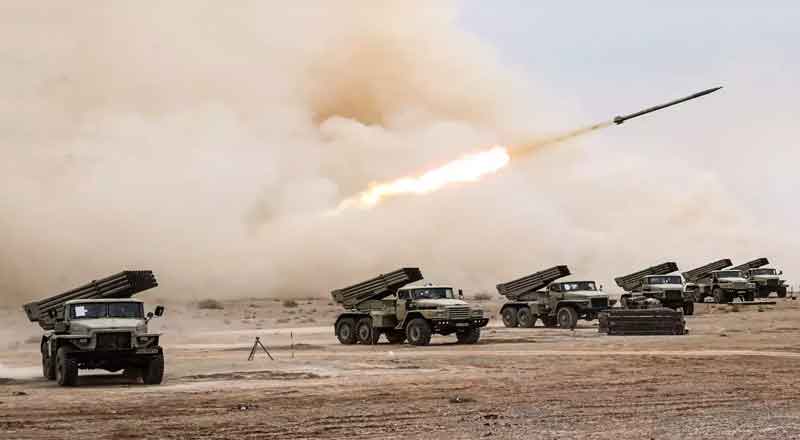- The geopolitical landscape of the Middle East finds itself once again on the brink of volatility as tensions between Iran and Israel escalate, further deepening the regional crisis.
- Reports suggest a series of provocations and retaliatory actions, with Iran activating its air defense system in response to alleged missile and drone strikes by Israel.
- In response to the escalating crisis, Israel’s stance has been relatively reserved, with officials refraining from making official statements on the reported incidents.
- In the midst of escalating tensions, international calls for de-escalation and restraint have gained prominence, with France and other global actors urging all parties to exercise caution and prioritize diplomatic solutions.
- The coming days will likely be critical in determining the trajectory of events in the region and the prospects for peace and stability in the Middle East.
The geopolitical landscape of the Middle East finds itself once again on the brink of volatility as tensions between Iran and Israel escalate, further deepening the regional crisis. The unfolding events paint a picture of heightened military activity and political maneuvering, with implications reverberating far beyond the borders of the countries directly involved.
Reports emerging from the region suggest a series of provocations and retaliatory actions, with Iran activating its air defense system in response to alleged missile and drone strikes by Israel. The situation, described by some as a potential flashpoint, has raised concerns among global stakeholders about the prospects of a full-fledged conflict.
Amidst the escalating hostilities, the strategic significance of key locations such as Isfahan, home to crucial Iranian nuclear facilities, adds another layer of complexity to the unfolding crisis. The reported explosions near Isfahan, coupled with the activation of Iran’s air defense apparatus, underscore the gravity of the situation and the potential risks involved.
While initial reports hinted at missile launches, Iran’s assertion that it had successfully intercepted several drones rather than facing a direct missile attack offers a glimpse into the evolving nature of modern warfare, characterized by the use of unmanned aerial vehicles and advanced defense systems.
In response to the escalating crisis, Israel’s stance has been relatively reserved, with officials refraining from making official statements on the reported incidents. The closure of Tehran’s Imam Khomeini International Airport and the altered flight paths of certain airlines reflect the disruptive impact of the unfolding events on regional air travel and civilian infrastructure.
The broader context of the crisis is shaped by a series of recent provocations and retaliatory measures, including Iran’s alleged missile and drone attacks on Israeli targets and Israel’s strike on Iran’s consulate in Damascus. These incidents, against the backdrop of long-standing geopolitical tensions, have contributed to a further deterioration of relations between the two countries.
In the midst of escalating tensions, international calls for de-escalation and restraint have gained prominence, with France and other global actors urging all parties to exercise caution and prioritize diplomatic solutions. Meanwhile, the United States’ recent veto in the UN Security Council, denying full membership to Palestine, adds another layer of complexity to the regional dynamics, highlighting the interconnected nature of conflicts in the Middle East.
As the crisis continues to unfold, the uncertainty surrounding the situation underscores the urgent need for dialogue and diplomatic engagement to prevent further escalation and mitigate the risk of a wider conflagration. The coming days will likely be critical in determining the trajectory of events in the region and the prospects for peace and stability in the Middle East.
(With inputs from agencies





